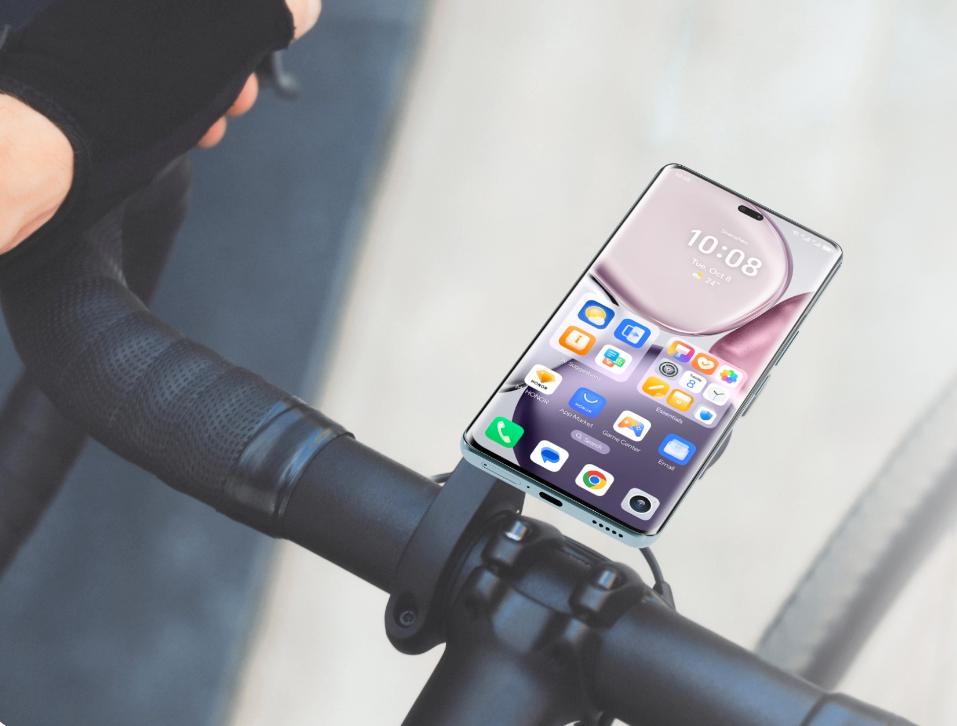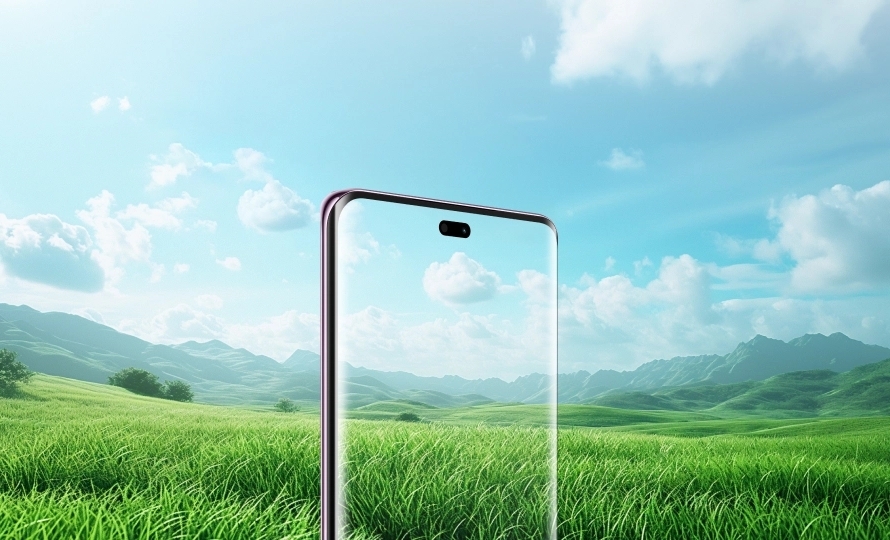
Smartphones are an integral part of daily life, but excessive screen time can lead to eye strain. Thankfully, many smartphones now come equipped with eye protection features designed to combat this issue. This guide will walk you through setting up personalized eye protection on your device to enhance comfort. From adjusting built-in settings like the Eye Comfort Shield to using third-party apps, our step-by-step instructions will help you protect your eyes during prolonged screen use. Whether you are already experiencing discomfort or are looking to prevent future eye strain, these tips will allow you to enjoy your smartphone while keeping your eyes safe. For example, the HONOR X9c Android phone comes equipped with advanced eye protection settings that allow for highly personalized adjustments, enhancing both comfort and usability.

Understanding Eye Protection Features on Smartphones
Smartphones often have built-in features aimed at reducing blue light exposure, which can lead to eye strain and disrupt sleep patterns. These eye protection options manage the color temperature of your screen, providing a warmer, soothing appearance that eases discomfort during extended use. Eye Comfort Shield, available on many devices, allows users to select personalized settings. Other common features include the Blue Light Filter, which adjusts the light emitted by your phone. Understanding these features enables you to choose the best options tailored to your needs. Whether you prefer automated settings or manual controls, knowing your device’s capabilities is the first step toward effective eye protection.
How to Enable Eye Comfort Shield on Your Smartphone?
Accessing Eye Comfort Shield
To access the Eye Comfort Shield on most smartphones, start by going to your device’s Settings. Look for the Display option, where you will typically find Eye Comfort Shield or a similar feature listed. Tap on it to enter the feature’s settings page. If you have trouble finding it, use the search bar within the Settings app by typing in “Eye Comfort Shield.” Once located, you can explore the settings to adjust as needed. Some devices might also offer a quick toggle option in the notification shade for instant access, providing a convenient way to activate or deactivate the feature.
Customizing Eye Comfort Shield Settings
After accessing Eye Comfort Shield, take advantage of the customization options available. You can adjust the color temperature manually, often through a slider that allows you to increase or decrease the warm tones. Increasing warmth will reduce blue light emissions, offering better protection. Some smartphones offer an Adaptive option, which automatically adjusts based on the time of day and ambient lighting. This feature provides optimal comfort without manual adjustment. Experiment with different settings to find the balance that feels best for your eyes, ensuring the screen remains comfortable at any time of the day.

Scheduling Eye Comfort Shield Activation
Scheduling your Eye Comfort Shield to activate automatically can be a convenient way to manage eye protection without needing constant adjustments. Under the Eye Comfort Shield settings, look for an option like “Schedule” or “Automatic Activation.” Here, you can set the feature to turn on at sunset and off at sunrise, aligning with natural lighting and helping to maintain your circadian rhythm. Alternatively, set custom times if your schedule differs. Automating activation ensures your eyes receive the appropriate protection during typical screen use periods, enhancing comfort and reducing strain effortlessly.
How to Set Up Blue Light Filter on Your Smartphone?
Using Built-in Blue Light Filter
Many smartphones come pre-equipped with a built-in Blue Light Filter. To enable this feature, navigate to your phone’s Settings and then to the Display section. Here, you will typically find Blue Light Filter. Tap to enter and enable it. You can often toggle it on or off swiftly through the notification panel as well. This built-in solution adjusts the screen’s blue light emission by adding a warm tint, making prolonged screen time easier on the eyes. Utilizing this feature is a straightforward way to lessen potential discomfort.
Installing and Using Third-Party Apps
If your smartphone doesn’t offer a satisfactory built-in blue light option, consider downloading third-party apps from your app store, which provide advanced features for eye protection. After installation, you can customize settings like color temperature and intensity based on personal preference. These apps generally allow more flexible, scheduled adjustments than pre-installed options, offering comprehensive solutions for those sensitive to blue light. Be sure to read reviews and check app permissions for security before installation.
Adjusting Blue Light Filter Intensity
Once your blue light filter is active, adjust its intensity to suit your environment and comfort needs. Within the Blue Light Filter settings, you should see a slider or similar control mechanism. Adjust the slider to increase the filter’s strength, reducing blue light more significantly. Too much intensity may distort screen colors prominently, so find a comfortable balance that reduces strain without compromising usability. Proper intensity settings ensure effective eye protection while maintaining a natural screen appearance, crucial for prolonged use such as reading or gaming.
Additional Tips for Protecting Your Eyes
Apart from built-in features, consider other strategies to enhance eye protection. Follow the 20-20-20 rule: every 20 minutes, look at something 20 feet away for at least 20 seconds. This practice helps reduce digital eye strain. Adjust screen brightness to comfortable levels—neither too bright nor too dim—to avoid glare. Position your smartphone at an arm’s length when using it, ensuring it’s slightly below eye level. Regular eye check-ups can also be beneficial, as they allow for professional advice tailored to your needs. These additional measures, alongside smartphone features, contribute significantly to maintaining eye health.
Conclusion
Setting up personalized eye protection on your smartphone can greatly alleviate discomfort and enhance your overall screen viewing experience. By utilizing features like Eye Comfort Shield and Blue Light Filters, you create a screen environment that prioritizes eye health. Whether through built-in tools or third-party apps, understanding and adjusting these settings can make a tangible difference in reducing eye strain. Remember to complement these features with additional habits like regular breaks and proper screen positioning. Together, these practices empower you to enjoy your technology safely and comfortably.
Leave a Comment